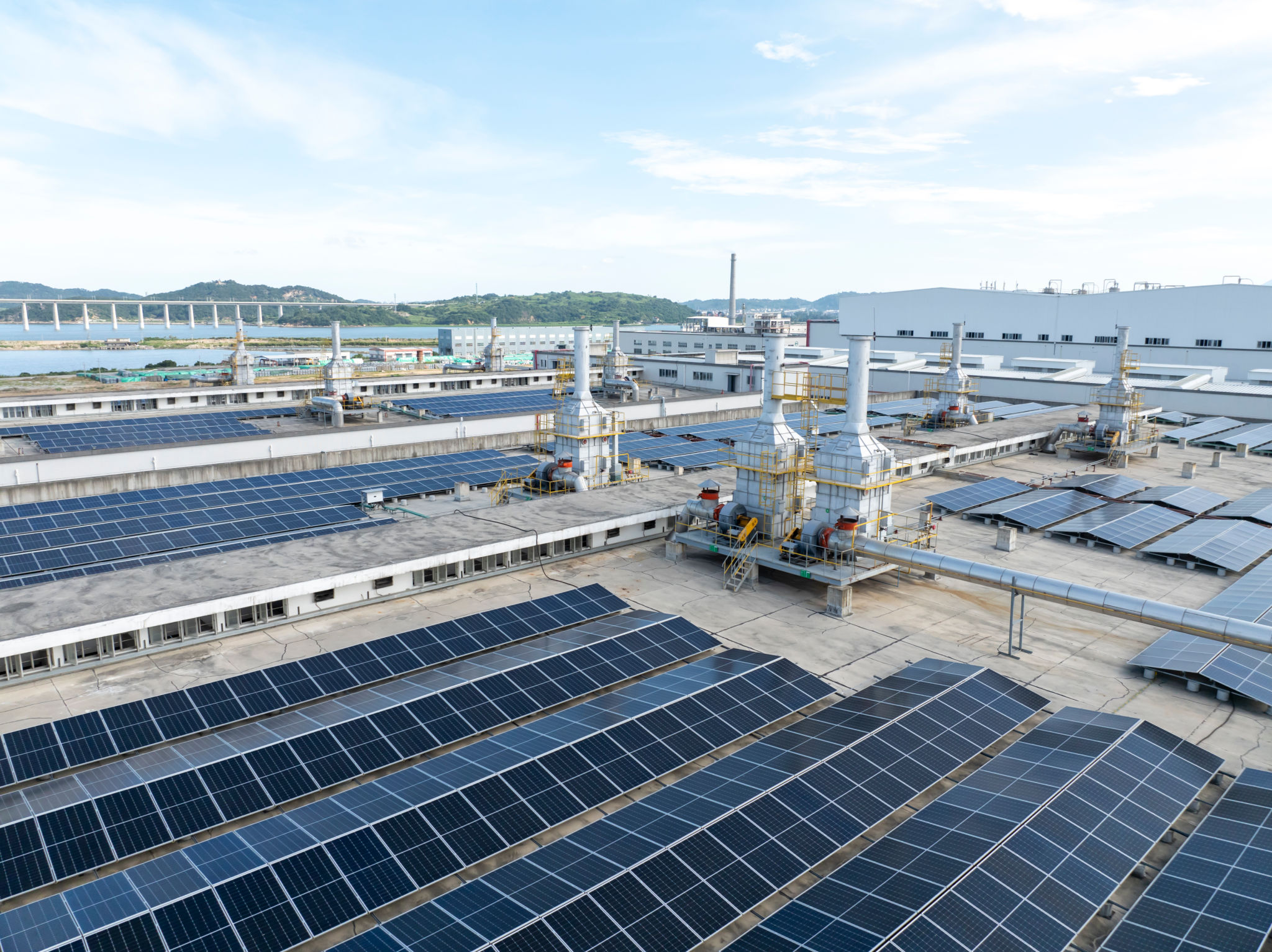Eco-Friendly Warehouse Designs: A Sustainable Approach to Industrial Spaces
The Rise of Eco-Friendly Warehouses
With environmental concerns at the forefront of global discussions, businesses are increasingly seeking ways to reduce their ecological footprint. One sector that is undergoing a significant transformation is the warehousing industry. Eco-friendly warehouse designs are not only beneficial for the environment but also offer numerous advantages for businesses, including cost savings and improved employee satisfaction.
As companies strive to meet sustainability goals, the adoption of green building practices in warehouses has become a focal point. From reducing energy consumption to implementing sustainable materials, the shift towards eco-friendly warehouses is revolutionizing how industrial spaces are designed and operated.

Energy-Efficient Lighting and Equipment
One of the most effective ways to make a warehouse eco-friendly is through the implementation of energy-efficient lighting and equipment. Traditional lighting systems can consume a significant amount of energy, but by replacing them with LED lights or motion-sensor lighting, warehouses can drastically reduce their energy consumption.
In addition to lighting, upgrading to energy-efficient machinery and equipment can further enhance a warehouse’s sustainability. This includes using electric forklifts instead of gas-powered ones and installing energy management systems to monitor and optimize energy use.
Sustainable Building Materials
The materials used in constructing a warehouse play a crucial role in its environmental impact. Sustainable building materials such as recycled steel, bamboo, and reclaimed wood are becoming popular choices for new warehouse constructions. These materials not only reduce the carbon footprint but also contribute to healthier indoor air quality.

Moreover, incorporating green roofs and walls can improve insulation, reduce heating and cooling costs, and provide natural habitats for wildlife. These features not only benefit the environment but also create a more pleasant and aesthetically pleasing work environment for employees.
Water Conservation Strategies
Water conservation is another critical aspect of designing an eco-friendly warehouse. Implementing rainwater harvesting systems can significantly reduce water usage by collecting and storing rainwater for non-potable purposes such as irrigation and toilet flushing.
Additionally, installing low-flow fixtures and water-efficient appliances can further decrease water consumption. By prioritizing water conservation, warehouses can contribute to preserving this precious resource while also reducing operational costs.

Waste Management Practices
Effective waste management is essential in minimizing the environmental impact of warehouses. Implementing recycling programs and reducing packaging waste are crucial steps toward achieving zero waste goals. Encouraging employees to participate in these initiatives can foster a culture of sustainability within the workplace.
Furthermore, warehouses can explore opportunities for reusing and repurposing materials. For instance, pallets and crates can be refurbished and reused, reducing the need for new materials and minimizing waste generation.
The Financial Benefits of Going Green
While the initial investment in eco-friendly warehouse designs may seem daunting, the long-term financial benefits are substantial. Energy-efficient systems and sustainable practices can lead to significant cost savings on utilities and maintenance. Additionally, eco-friendly warehouses often qualify for tax incentives and rebates, further reducing financial burdens.
Moreover, companies that prioritize sustainability often enjoy enhanced brand reputation and customer loyalty. Consumers today are increasingly aware of environmental issues and prefer to support businesses that align with their values. By adopting eco-friendly warehouse designs, companies can attract environmentally conscious customers and strengthen their market position.